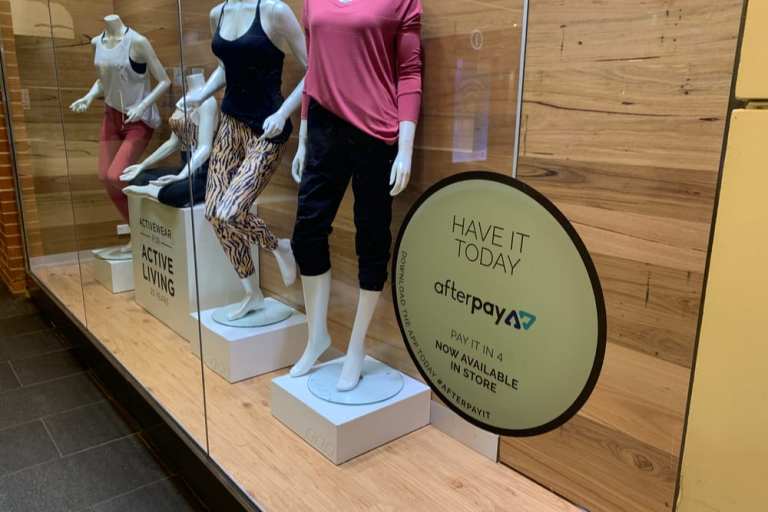
Like contactless payments, “buy now, pay later” (BNPL) companies are having a right time, right idea moment thanks to COVID-19, as consumers look to stretch every dollar — buying time, as it were — until livings and revenues are adequately restored across a reeling economy.
Because BNPL emerged from the Great Recession, that mindset is deeply embedded among those that have snapped up this unique form of point-of-sale installment payments.
“Post-2009, millennials demonstrated a clear aversion to financial risk, especially for lifestyle purchases, resulting in a tangible shift away from credit cards. Today, this trend is repeating itself,” Nick Molnar, U.S. CEO and co-founder of BNPL firm Afterpay told PYMNTS.
“Consumers are reaching for their debit cards and avoiding expensive credit card interest and fees,” Molnar said. “During this COVID-19 [pandemic], we have seen the use of debit cards increase on our platforms to 90 percent.”
Noting that Visa’s recent quarterly results saw credit card usage fall 31 percent versus debit, down only 6 percent, and that Visa’s year-over-year debit volume grew 12 percent in May 2020, he added that, “Merchants of all sizes are recognizing this shift in consumers’ preferences to use their own money, which is driving accelerated growth of the buy now, pay later market. In fact, during the COVID-19 period, Afterpay saw a 25 percent spike in inquiries by small and medium-sized businesses interested in offering our solution to their customers.”
These insights, along with other valuable guidance, are all contained in PYMNTS’ June 2020 Buy Now, Pay Later Tracker®, done in collaboration with Afterpay.
Fixing A Hole (Without Digging Another)
Extending the use of their own money with BNPL’s take on the trusty layaway plan has people getting into all kinds of things as they wait for the COVID all-clear to sound. DIY projects and home improvements are highlighted in the PYMNTS’ June 2020 Buy Now, Pay Later Tracker® as people on lockdown busied themselves by cocooning for comfort for the duration.
Even as they use BNPL to get more from their money, the stalled economy looms large. “Consumers are facing financial strains … as unemployment rates have skyrocketed in recent months,” the latest Tracker states.
“This has led many to defer payments on large ticket items such as household goods and furniture. One installment payment app saw a record year-over-year high on April 5, when app-enabled purchasing volumes at specialty home furnishing stores was 111 percent higher than the year prior. Transaction volumes at furniture stores were up 61 percent, while home and garden items rose 26 percent among Generation Z consumers, 5 percent among millennials and 2 percent among Generation X consumers during the week ending April 11.”
There’s a good deal of hope in those numbers, although it might not be immediately clear. eCommerce furniture brand Wayfair, for example, “… witnessed a spike in sales beginning in mid-March, and its executives noted that sales momentum is not slowing down in the current quarter, with revenue up nearly 90 percent compared to the same time last year,” the June Tracker states. Wayfair has been offering flexible payments to customers since 2016.
Retail Response Requested
While some people reportedly spent up to 16 percent of their $1,200 government stimulus check on tasty mobile order-ahead food deliveries, other people — millennials, for example — apparently used much of their stimulus to pay down debt. It’s an important distinction.
“[The] urge to comfort shop also comes with financial worries for some consumers, especially for millennial or Gen Z consumers, who are leery of acquiring more debt,” the Tracker states.
“The average millennial carries $4,172 in credit card debt already, according to one recent study, and 22 percent of millennials promptly spent or made plans to spend their stimulus checks on erasing part of that debt.” It underscores key generational differences.
“Retailers thus need to find ways to satisfy that desire for luxury projects despite consumers’ ongoing credit concerns to make those digital window shoppers into buyers.”